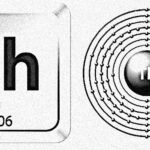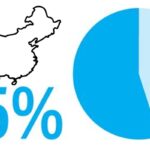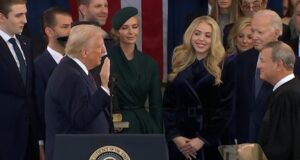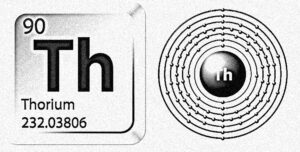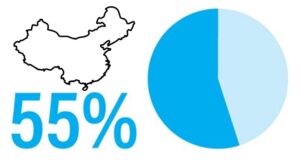
We need an efficient way to remove companies from the U.S. government’s do-not-trade-with list when they don’t belong there. We also need an efficient way to restore to the list any legitimately blacklisted company that has managed to extricate itself (Reuters, May 2, 2025).
Doris Au, a seller of door locks and hardware in Hong Kong for 25 years, received a letter from her bank, DBS Group, last June stating that her business account would be closed. The bank gave little explanation but subsequently froze the account, killing her business with international suppliers, she said.
Au discovered after searching online that another firm with a similar name was added to the U.S. trade blacklist in October 2023, for “providing support to Russia’s military and/or defense industrial base.” The entry identified two addresses, one of which was Au’s warehouse.
“We are not that company.”
The flip side of the coin consists of the many listed entities that are front companies. Matthew Borman, former overseer of U.S. export controls for the Bureau of Industry and Security, says: “The challenge is that they can move to a different address with a different name.”
Thus, it is either too easy to get on the list or too easy to get off it.
The Bureau manages the “entity list” established in 1997 to limit the transfer of technology to states like Russia and China that could be used to jeopardize U.S. security. Making the sanctions entirely nonporous may be impossible. But surely the oversight can be improved.
Investigating almost a hundred Chinese and Hong Kong companies that had been added to the list in the last couple of years, Reuters found that ”more than a quarter, or 26 entries, contained erroneous details, such as incorrect names and addresses and outdated information.”
If reporters can discover such errors, can’t the bureaucrats whose job is in part to discover them? Can’t the Bureau of Industry and Security follow a routine of doublechecking the list periodically? Some of the work could be contracted to Reuters.


